Our Services
We are one of the best health care providers in Lucknow , with qualified and certified doctors and dentists serving the community since 1995.

Dental Services
We have in house skilled dental surgeons dealing with the prevention and treatment of diseases and malformations of the teeth, gums, and oral cavity, and the removal, correction, and replacement of decayed, damaged, or lost parts, including such operations as the filling and crowning of teeth, the straightening of teeth, and the construction of artificial dentures.
Our Dentist's :

ABC
(Dental)
Services:
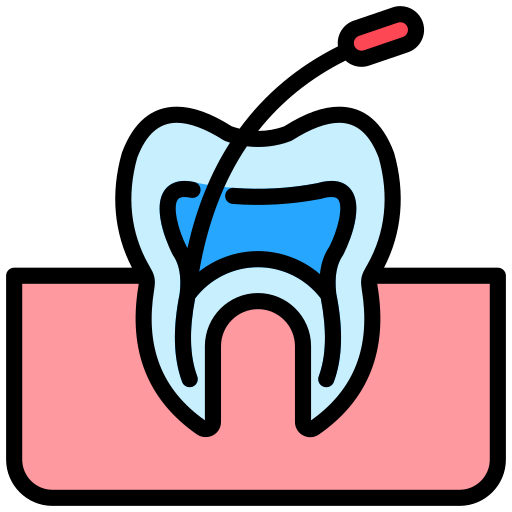
Endodontics
To improve precision, LASERS are used for 100% Germ Free Protection.
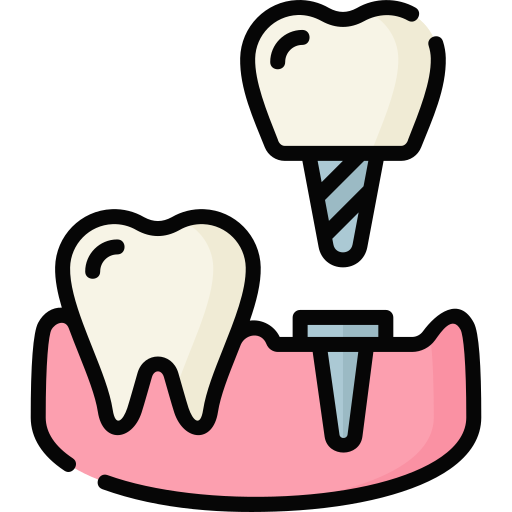
Dental Implants
Tuba Dental implants are medical devices surgically implanted into the jaw.
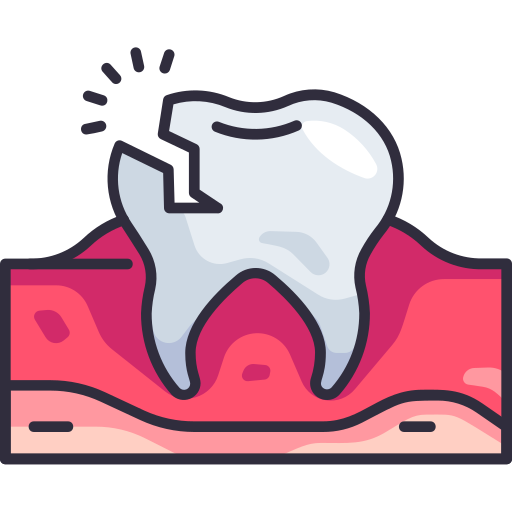
Restorative Dentistry
Tuba Dental use High quality, tooth-like filling material to protect your Teeth.
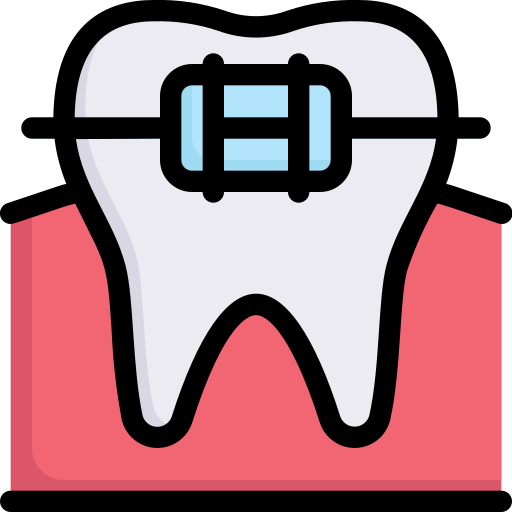
Orthodontics

Crown and Bridges
New shell of tooth like protective layer often known as crowns
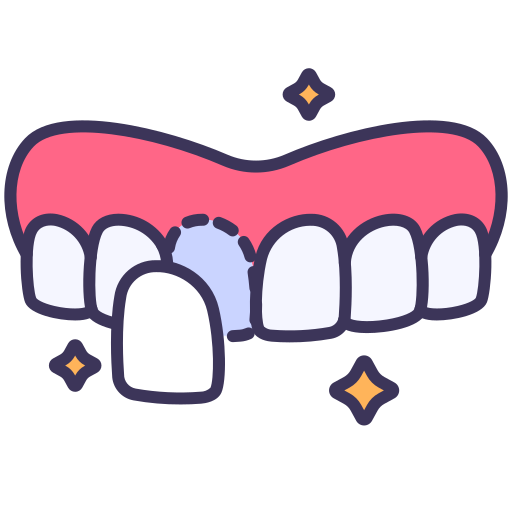
Cosmetic Dentistry
Tuba Dental Smile enhancement, Anti-Aging therapies, Veneers, Lumineers.
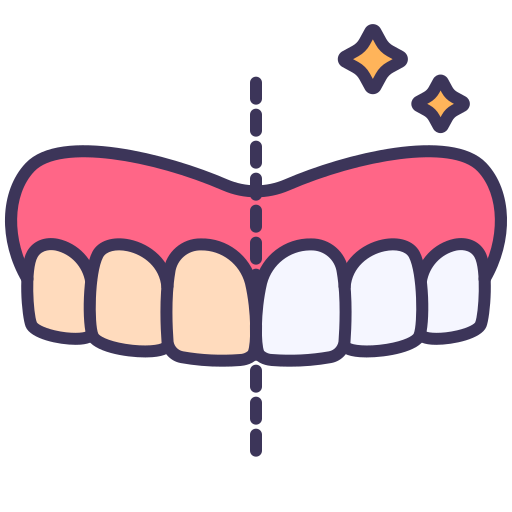
Teeth Whitening
Tuba Dental facilitates teeth whitening treatment beyond the natural shade

Disease Finding, Diagnosis & Treatment Plan
Diagnosis or disease finding is a distinct science by itself – at Tuba Dental it is aided by special diagnostic equipments
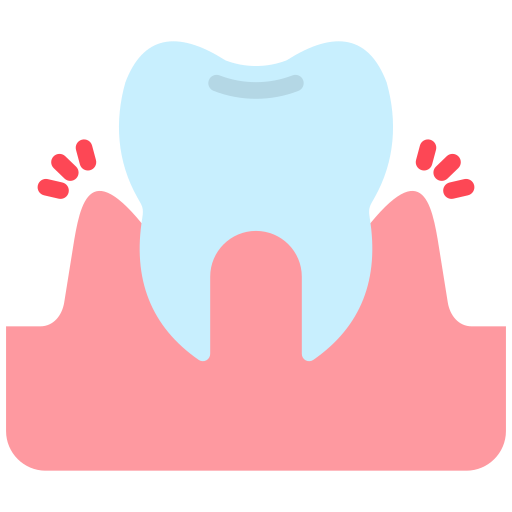
Gum Treatment
Healthy gums serve as a strong foundation for teeth and its supporting bone.
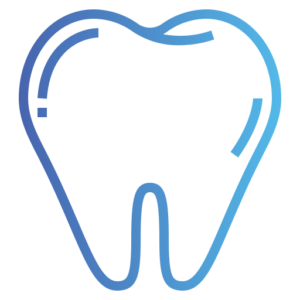
Preventive Dentistry
Tuba Dental believes in prevention. Join our teeth preventive campaign.

Minimal Invasive Surgery
Minimal Invasive Surgery encompass surgical techniques that limit the size of incisions needed, thereby reducing wound healing time, associated pain, and risk of infection.

Paediatric & Laproscopy Surgery
Laparoscopic surgery is a procedure your child’s doctor uses to avoid major surgery and a long healing time after surgery.
- Dental Fillings
- Root Canal Treatment
- Wisdom Teeth Removal
- Braces & Aligners
- Clear Aligners
- Dental Implants
- Dentures
- Dental Implant & Braces
- Bridges & Crowns
- Teeth Whitening
- Smile Makeover
- Kids Dentistry
- Mouth Ulcers
- Preventive Dentistry
- Advanced Gum Treatment
- Cleaning Of Teeth (scaling & root planing )
"Digital O.P.G., Cephalogram Facility Available"
- OPG (Orthopanomogram)
- Lateral Cephalogram
- Open & Closed TMJ View
- Waters View
- AP View
- PA View
- Reverse Towne’s View
- Submentovertex View
- JUG Handle View
Dental Implants
Dental implants are easily the most popular and also the Ideal solution, for replacing your missing tooth/teeth. They have definitely changed the course of dentistry in the last quarter of a century or so. A dental implant is basically a titanium post which is surgically inserted into the jawbone beneath the gum line to work as a tooth root. Post insertion, an implantologist will attach a crown on top of the implant to ensure the appearance of a natural tooth.
Tooth Implants not only look and feel like your natural teeth but also function like.
Why Dental Implants
One can face the problem of missing teeth at any point in life. Tooth loss can be due to trauma. accident. severe gum disease tooth decay or even due to poor oral hygiene. if left untreated missing teeth can lead to various consequences such as:
■ Speech problems resulting from the gap created by one or more missing teeth
■ Difficulty in chewing
■ Face may start look older and wrinkled with sunken cheeks as missing teeth can cause sagging of muscles which can’t support lips & cheeks
■ Pain in the facial muscles of the jaw resulting in an improper bite induced by the missing teeth
■ Tooth decay and gum disease, over time. due to plaque accumulation & food entrapment in the gap caused by the missing teeth
■ improper bite resulting from a tilt of adjacent teeth into the empty spaces caused by a missing tooth
■ Untreated missing teeth may dent the facial appearance causing low set-esteem or lack of confidence
■ Hiding smile during conversations or at public gatherings to avoid the embarrassment caused by a bad smile from missing teeth Dental Implants help to overcome all the above-mentioned problems. They are no doubt the best. and most popular solution for the replacement of missing teeth.
Dental implants are fit for every individual having missing teeth irrespective of their age and gender. To know if anyone can get dental implants dirk hem. With a 98% success rate. implants assure dental patients about their teeth and gum’s wellbeing. Dental Implants are essentially a ‘titanium screw’ which is fused with the Jaw Bone.
Difference Between Implants & Bridges
- May compromise the adjacent natural tooth
- A bridge may need replacement at times where bone loss continues at the site of the missing tooth
- With bridges. your teeth may be prone to plaque. decay or gum disease, with a risk of possible future root canal
- Does not compromise with an adjacent tooth
- An implant causes no bone loss as it gets attached with the bone and promotes healthy bone
- with no free spaces in between, implants wont attract bacteria ever for plaque accumulation
Advantages Of Dental Implants
- Dental Implants help restore the lost tooth and become the next best thing to your natural teeth
- Implants are a durable solution with the potential to even outlive the patient
- Dental Implants help maintain the shape and contour of face & smile which can go wrong due to missing teeth making the facial muscles sag
- Implants don’t harm the adjacent tooth structure in any manner and protect healthy bone
- Implants ensure superior appearance and comfort with no speech Issue to deal
- Implants boost your self-esteem for being a perfect solution to the missing tooth
- Implants give the freedom to enjoy your favourite foods without any worry
Dental Implant Procedure
Placing a dental implant has various stages. They are listed as below :
Placing The Implant
Thanks to the modern dentistry techniques. it’s possible to make the implant placement procedure comfortable and pain-free. Concerned patients can also ask the dentist for sedation to feel relaxed while a dental implant is placed.
The procedure starts with the Jawbone preparation, and the surgeon then makes a cut to expose the bone for drilling holes. The holes are kept deep enough for the implant to be placed properly and placed deep into the bone, like the root.
The doctor may require bone grafting in cases where .e bone is weak or lacks the strength to support implant surgery. The surgeon then waits for the jawbone to heal after that places the metal post in it.
The entire process from start to finish may take many months where most of the time is spent on healing and waiting for the growth of new bone in the taw.
After this, a temporary crown is given to the patient which is placed to fill the gap, also for achieving the aesthetic goal. This crown can be taken off for implant procedure, one has to wait untill the bone is healed properly
Healing
During this process, the jawbone will grow and unite with the surface of the dental implant.This process is also referred to as osseo integration as it helps to offer a durable base for the new artificial tooth, much like roots de for the natural teeth.
In general, this process takes between 3 to 6 months depending on the bone health & structure. However, the whole procedure can get completed in one day itself when patient have good bone structure.
After that you can schedule the second surgery but only once the implants are fused with the bone. Your dentist’s will take an x-ray to confirm whether the implant is fit for the second surgery.
The second surgery will be simpler than the first where a new incision is made to expose the heads of the implants
Abutment Placement
You may need another surgery to place the abutment the piece where the crown will attach) but only after healing is complete. This procedure is relatively simple typically done with anesthesia in an outpatient setting.
During the procedure , the dentist will re-open the wound to attach the abutment to dental implant A temporary crown will be given for to 6 weeks to let the gums around the abutment heal. Such a crown is softer which can cushion the implant and may stress the soft tissues that can help in healing.
For precaution purpose, you may need to eat only soft foods after each stage of surgery so to let the surgical site heal properly.
Placement Of Permanent Crown
In the next stage, the dentist will focus on making the permanent crown look exactly like your natural teeth. All the elements like the surface texture, color and anatomy will be tuned up to blend with the surrounding dentition.
If you are not happy with the crown for any reason, consult your dentist so that it can be sent back to the dental technician for necessary changes.
Impressions of your mouth and remaining teeth are taken to make the crown so that a realistic-looking artificial tooth can be made. The crown, however not be placed until the jawbone is strong enough to support the new tooth.
It takes less than 2 to 3 weeks to make a permanent crown which will then be cemented or screwed to the Implant.
After permanent crown placement your doctor will explain post-implant care instruction.
Post Operative Instructions For Dental Implants
• Follow these post-operative instructions after Dental Implant procedure, and never hesitate in consulting the doctor for any question or problem:
• Avoid touching, spitting or rinsing the wound on the day of surgery. Don’t touch the metal healing abutment jutting through the gum tissue.
• After implant surgery, its normal to have some bleeding or redness in the mouth for 20 hours. To control excessive bleeding, bite on a gauze pad (placed on the bleeding wound, for 30 minutes. If bleeding does not stop. seek further instructions from your dentist.
• swelling is natural after surgery. To minimize it, apply an ice pack on the cheek in the surgical urea (you can also use a Plastic bag or an ice filled towel). Apply the ice as much as you could for the first 36 hours.
• Drink of fluids but avoid consuming hot beverages. Stick to soft diet on the day of surgery. You can get back to the normal diet once the surgical area is healed. Don’t drink anything using a straw.
• Start taking pain medication as soon as you feel the effects of the local anesthetic are going down. However, take the medicines prescribed by the dentist.
• Healing is not possible without good oral hygiene. Use the prescribed oral rinse while the day after surgery, use the prescribed oral rinse twice – after breakfast and before bed. Rinse for at least 30 seconds and then spit it out. Use warm salt rinses at least 4-S times a day as well. Be gentle initially while brushing the surgical area to not affect the healing.
• Do not use. or consume. tobacco products in any form or any type after implants. It not only hinders healing but may also increase the chances of implant failure.
• Don’t engage in exercise immediately after the surgery or keep it minimal at best. You should know that exercise may cause bleeding or throbbing, and it really happens, stop the activity right away. This may weaken you since you’re not taking normal nourishment.
• Healing abutments will be placed at the time of implant placement. So, do rinse them frequently and keep them clean. Wait for the stitches to dissolve and then clean the abutments through gentle massage.
• Don’t use partial or full dentures or flippers immediately after surgery or for 10 days afterward at least.
Post Implant's Care
Good oral hygiene is important not ,just for your teeth and gums but also for overall wellbeing. Follow these tips to improve your oral health:
• Brush twice a day to maintain good oral hygiene
• Choose your toothbrush carefully and go for one with a small head and soft bristles
• Change your toothbrush after every two to three months to not let frayed or worn-out bristles harm your teeth and gums
• Go gently & thoroughly and don’t use too much force while brushing as it might cause abrasion
• Floss at least once a day to keep plaque, bacteria, and foods struck between the teeth out as it helps keep implants in good condition
• Take proper oral care at home to make your dental implant last a lifetime
• Use mouth rinses once a day after meals to stay on top of your oral health
• Don’t eat sticky foods as implant can attract more bacteria that your natural teeth for being artificial in nature
• Eating and drinking right can help your implants stay out of the harm, way and such good oral care can make then last forever Visit the dental clinic regularly and try to achieve good oral hygiene to make your implants last for life.
Frequently Asked Questions
Q.1. How Long Do Dental Implants Lasts?
Dental implants are known to last for very long. especially with proper care. They can last for as long as 25 years. Get dental implant from a professional at your nearest Clove Dental Clinic.
Q.2. Can One Get Full Mouth Dental Implants?
Far missing teeth, dental implants have become the most promising choice. If your mouth is missing most or all of the teeth. then procedures like all-on-four and all-on-six can help get full mouth dental implants with 4 or 6 titanium posts on your jaw bone.
Q.3. Are Dental Implants Painful?
While getting dental implants from an expert implantologist, the patient will feel little or no pain at all. Part of the preparation for the implant includes administering a local anaesthetic so the patient does not feel any pain.
Clear Aligners
What Are Clear Aligners ?
Clear Aligners are transparent trays made of special material which are used to straighten teeth just like braces. They use gentle and constant force to move the teeth in the required position without going through the hassles of metal wires and brackets. They are custom made for each patient through a digital scan.
How Do They Work ?
They are custom made for every person and designed to move teeth in the desired direction very very slowly. This is achieved by digitally capturing impression and processing the information using specialized software, where the future projections for better results and straighter teeth are computed and then the milling machine automatically custom fabricates the set of trays for you. On average, a person needs approximately 25-40 sets for complete alignment.
The aligners come with an advantage i.e. they are very snugly fitting which over a period becomes virtually a part of the body and hence causes no speech problems. There are no restrictions on eating and drinking any foods as you will be removing them before every meal.
Difference Between Traditional Braces & Clear Aligner
Visibility
Removability
Oral Hygiene
Comfort
Duration
Traditional Braces
Highly Noticeable
Non - Removable
Difficult to maintain routine healthy Oral Care
Can cause abrasion in mouth
Takes longer than aligners(varies from case to Duration case)
Clear Aligners
Invisible - One cannot spot them easily
Removable - People have freedom to remove aligners while eating, brushing & flossing
Since removable, it H easy to maintain routine healthy Oral Care
Fits smoothly on the teeth
Takes relatively less time than traditional braces(varies from case to case)
Care With Aligners On
Though aligners are the most comfortable option, yet there are certain things that need to be kept in mind while you have it on. Your Orthodontist will give you a set of guidelines which should be followed diligently such as below:
• You should wear the aligners for at least 20 hours a day for the effective result.
• Remove your aligners while brushing, flossing & eating. Never have it on especially while consuming anything hot
• Keep your aligners clean. While you brush make sure that you brush your aligners in the same way
• Keep them safe in the box as given by your Orthodontist to prevent it from getting dirty
Post Treatment Care
• Retain your smile with Retainer-Just because you’ve got your teeth straightened does not necessarily mean them will stay straight throughout. Your Orthodontist might advise retainers which will prevent your teeth to shift back to their previous location
• Take care of your food habits – It may so happen that your teeth are sensitive after the treatment therefore, it is advised to not consume , too crunchy food for a few days. Let your smile rest before going back to the crunchy munchy snacks
• Do not forget to brush – Keep up your habit of brushing twice a day and flossing in order to keep your teeth clean and healthy. Not taking good care of your oral hygiene will let the treatment go in vain.
• Visit your dentist – Because you are done with your treatment and have got that perfect smile you always desired for does not mean that you need not visit the dentist ever. Always visit a dentist after every 6 months to ensure that this smile remains intact.
Frequently Asked Questions
Q.1. Are Aligners As Good As Braces?
Aligners offer multiple advantages over traditional braces. They are discreet and offer better results in a hassle-free and fast manner. Aligners are also way more comfortable than traditional teeth braces. However patients still need to be very disciplined about wearing aligners for ensuring treatment success.
Q.2. Can Anyone Get Aligners?
Clear aligners are an ideal orthodontic treatment for people of all ages. They are discreet hassle-free and very effective. However, compliance is more demanding in the case of children Parents considering aligners for their children must consult an orthodontist at Clove Dental and ensure that the child is a perfect candidate for aligners.
Q.3. How Long Does It Take To Recover?
Aligners are hassle-free and promise much faster results than traditional braces. Getting accustomed to aligners is easy and the recovery time is also shorter. But in some cases, it can vary depending on the teeth straightening needs and overall patient compliance. Ideally, recovery time for aligners is between 13-15 months.
Q.4. Are The Results Permanent?
The results are permanent only if patients practice proper aftercare. There is a natural tendency for teeth to relapse after teeth aligners are removed. Ideally, retainers are used to avoid any chances of relapse. Patients can either opt for either fixed or removable retainers to ensure the results are permanent.
Q.5. Are There Any Side-Effects Of The Treatment?
No, there are no side effects. Aligners are one of the safest orthodontics treatment. Further, a dentist will suggest aligners only after proper assessment of the current state of your smile. Chances of irritation and discomfort are extremely negligible and most patients get accustomed to aligners within 2-3 weeks.
Q.6. What Is The Price Of Treatment?
Aligners are costlier than traditional braces. Further, aligners cost vary depending upon a patient’s smile restoration needs. However, considering its effectiveness in getting a perfect smile, the treatment is worth all its costs.
Braces & Aligners
What Are Braces ?
Dental braces are appliances which are used to align or straighten the teeth a. guide the teeth to the corrected position. They are made up of wires, brackets, and bands. Braces aid to correct irregular teeth positioning, jaw correction, improvement in chewing and smile aesthetics. Your dentist is the best person to guide on treatment options and modalities depending upon dentition.
What Are Braces Used For ?
The major reason for getting Braces on is to improve the facial appearance. what people do not know that there are any other implications which require orthodontic treatment like open bite. jaw structure. crossbite etc.
What Is Adult Dentition ?
This is a stage where adult teeth or permanent teeth replace primary teeth which aid in appearance. speech. and digestion. During phase. people can face many issues which can be corrected by Braces. These issues include:
• Crowding / Haphazardly placed teeth can lead to poor oral hygiene and can also be the reason for Dental Caries (Cavities)
• Improper Bite that affects chewing efficiency
• Crooked teeth which can be a major reason for Periodontal problems such as Bleeding gums , Halitosis (Bad Breath) and Tooth Mobility (Premature loss of teeth)
• If the teeth are irregular. then it can cause calculus deposits leading to yellow teeth
• Forwardly placed / Proclined Teeth which leads to more convex profile and posteriorly displaced chin
• Open Bite
• The spacing between teeth which can cause speech problems
What Is Mixed Dentition ?
This is a stage when one has a combination of both primary and permanent teeth in the mouth is called Mixed Dentition. Wearing Braces in this stage cure the following problems:
• jaw Growth dissorders at this stage can be corrected in a non-invasive manner which may later require surgical correction
• Treatment of crooked teeth. This needs to be treated during an early stage else it will affect Child’s psychology
What Is Right Time To Get Braces ?
Every individual is different Orthodontic treatment can be started as young as 7 years old. There is no upper limit in terms of age for Braces. If you have good oral health and firm teeth. you can get braces at any age. There is various kind of Orthodontic treatment available for all ages.
What Type Of Braces Are Available ?
Metal Conventional Braces:
These are the traditional and most common type of braces. The metal braces used today are much more comfortable and smaller in size. These require elastics which come in a variety of colors to tie the wire to the braces. The wires use your body heat to move teeth more quickly and less painfully. There is no age limit attached to these, as patients of all ages can choose to straighten their teeth using metal braces.
Metal Self Ligating Braces:
These are metal Brackets with a shutter or lock system and do not require the use of elastic to be the wire. In comparison to traditional metal braces, metal self-ligating braces are more comfortable and smaller in size. These are helpful in achieving arch expansion and minimize the need for extraction.
Ceramic Conventional Braces:
Ceramic braces are the ones with clear brackets. They use tooth color and blends more naturally with your teeth. The shape and size are the same as metal braces. These are less visible on the teeth and as a result are preferred by older teenagers and adults who might have aesthetic concerns. Sometimes, even the wires used are of tooth color which makes them less noticeable. Being less prominent, they require more care and protection compared to metal braces as they are larger and more brittle. They require extra protection, hence, are used more in upper teeth than lower.
Lingual Braces:
Lingual Braces are heavy metal braces which are placed behind the teeth. These metallic braces can be made even of silver or gold. The individual Bracket is customized using CAD-CAM / 3D Designing. The treatment is highly aesthetic and less visible. This, however,can cause mild speech difficulties during the course of the treatment.
Aligners:
Clear Aligners are medical grade plastic trays that do not require any braces or wire. They are totally invisible hence: the aesthetic concerns are duly met and make them very appealing with adults who need orthodontic treatment. Though placed inside they do not have any food restrictions associated. People believe that being placed on the inside, they might face speech difficulties: which is a myth. On the other hand, transparent braces are highly comfortable and hygienic. Clear Aligners also hide existing gaps.
Post Treatment Care For Braces
• Brush & Floss twice a day to keep your teeth healthy. Healthy teeth respond better to the treatment.
• Visit your dentist on time for follow-up checks. Make a note of your appointments and follow suggestions, if any.
• Be patient. The treatment duration may vary depending on the case. The teeth will take the time to adjust accordingly.
Do's And Don'ts With Braces On
Do's
• Try and avoid sticky food like gum or caramel
• Ask for a mouth guard. rf you play a sport
• Consume drinks which are low on sugar content and not carbonated
• Brush after every meal and never let food stuck on your braces
• Visit your dentist on every follow-up
Don'ts
• Don’t chew hard food and ice
• Do not bite your fingernails
• Do not consume more than one soda a week
• Do not forget to floss like a boss
Frequently Asked Questions
Q.1. How Long Does It Take To Put Braces On?
After bonding the dental braces,it takes about 1-2 hours for the process to finish.
Q.2. Are Teeth Extracted For Orthodontic Treatment?
Usually, orthodontists do not recommend tooth extraction for fixing teeth braces. But if there is a serious crowding issue, one or two teeth need to be removed.
Q.3. What Color Braces Should One Get?
There is a variety of braces available and it depends on the patient getting them. If the patient wishes so, they can even get transparent/ceramic braces as well. Far more information on what kind of braces will be more suitable for your needs, visit a Dental specialist at Clove Dental
Q.4. Are Braces Painful?
Getting or having braces is not painful. However, slight discomfort and soreness are usual after getting them. Apart from this, metal braces may feel to be a little tight after getting them readjusted on a follow-up visit to the orthodontist.
Q.5. How Long Do One Need To Wear Braces?
The total duration of wearing dental braces depends on multiple factors that include the condition of teeth and compliance to oral care practices. Usually, the duration may vary from 18-36 months.
Q.6. What Can You Not Eat With Braces On?
While wearing dental braces, one must definitely avoid any carbonated drinks, sticky food, and crunchy food including ice and popcorn.
Call us for medical appointment
+91 95516 73251
Feel free to contact us.
dr.abutalib21@gmail.com
Reach to us via our location
View Map
